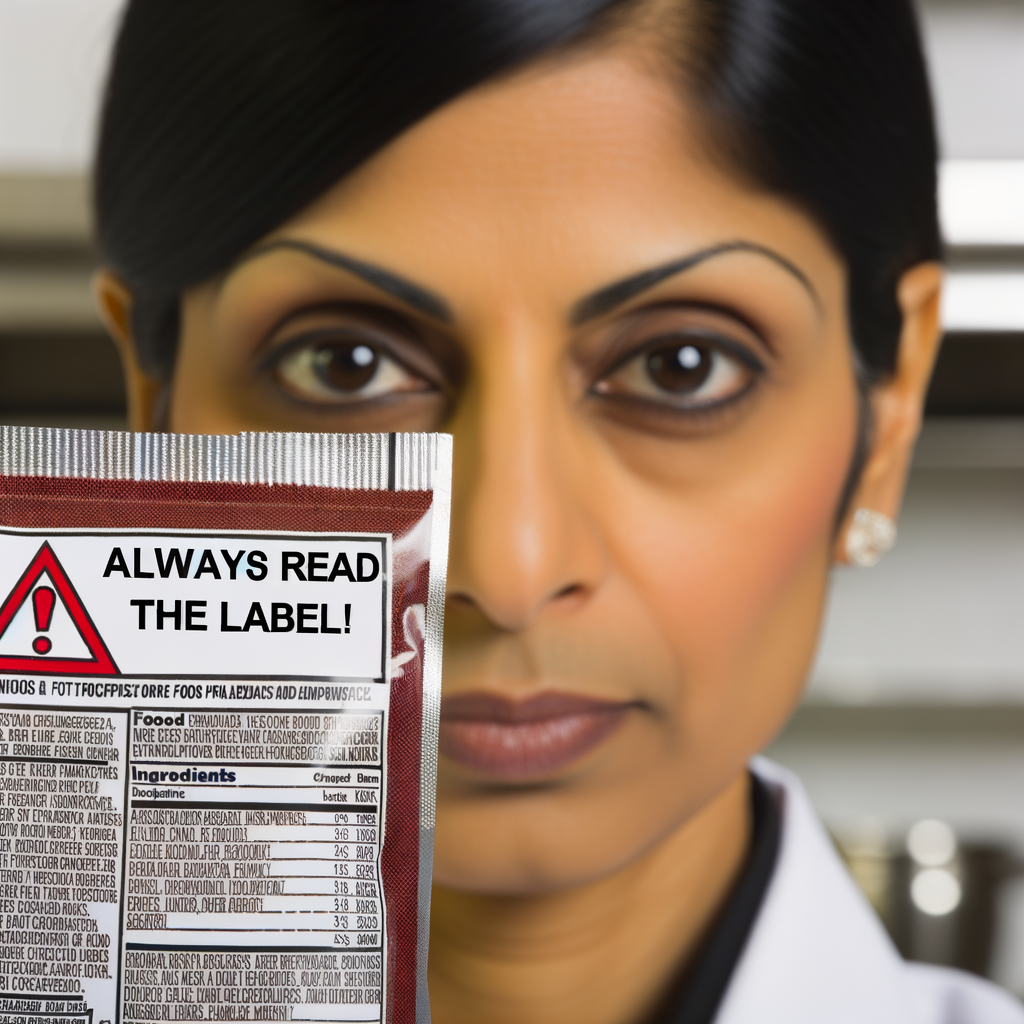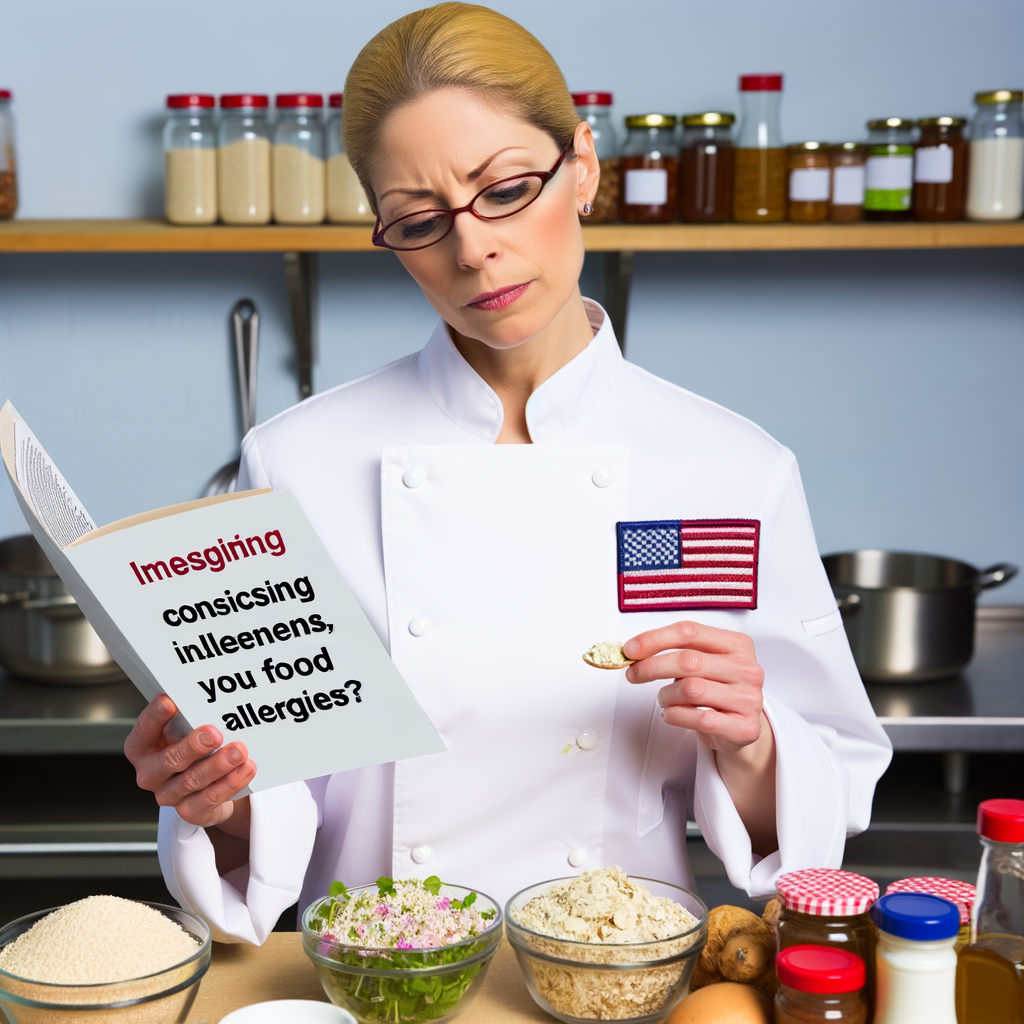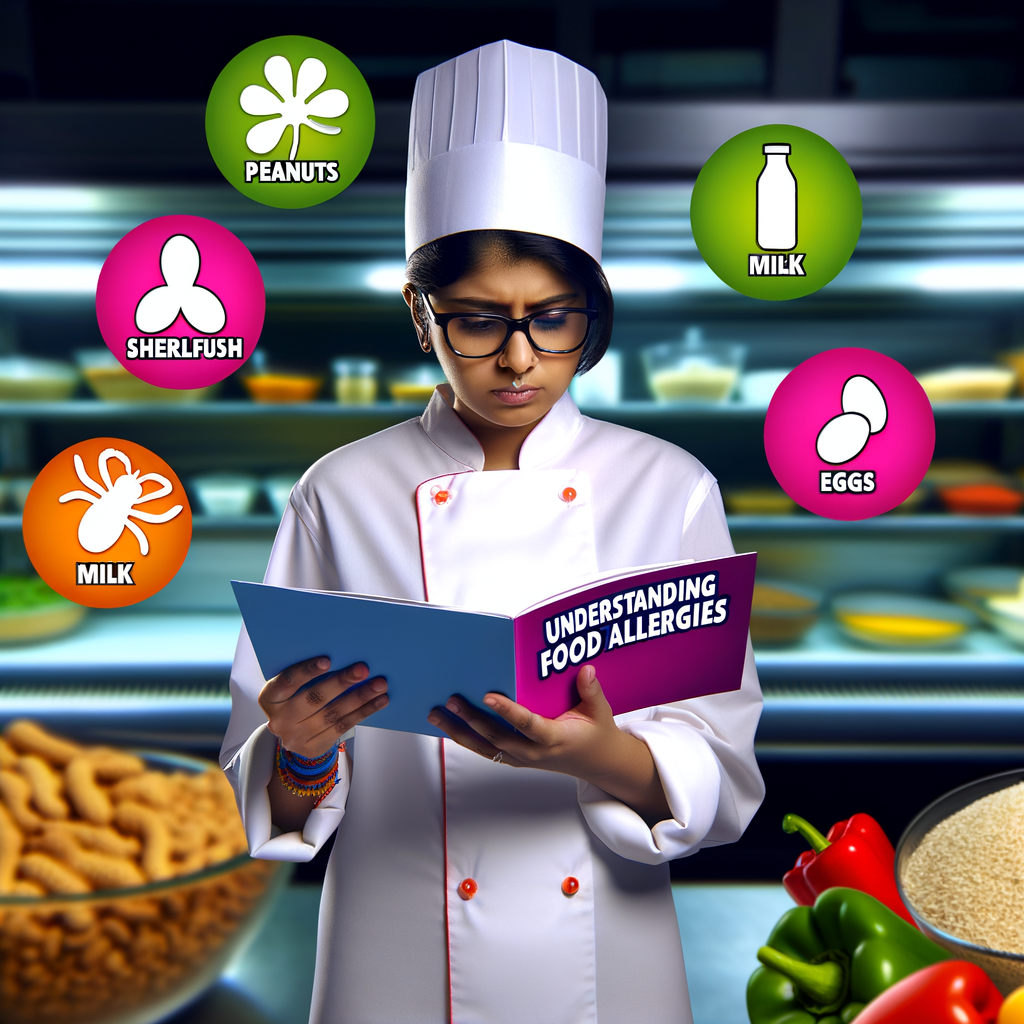As an expert chef, I have seen firsthand the impact that food allergies can have on a person’s health. With the rise of food allergies in America, it is more important than ever to educate ourselves on how to properly read food labels. By doing so, we can ensure the safety of our customers and loved ones.
The first step in understanding food labels is knowing what to look for. The top 8 allergens in the United States are milk, eggs, fish, shellfish, tree nuts, peanuts, wheat, and soy. These allergens must be clearly labeled on food packaging, making it easier for those with allergies to avoid them. However, it is important to note that there are other ingredients that may cause allergic reactions, so it is crucial to read the entire label.
Next, pay attention to the ingredients list. The ingredients are listed in order of quantity, with the largest amount first. This means that if you have a milk allergy and see milk listed as the third ingredient, you should avoid that product. Additionally, be aware of cross-contamination. Many companies will include a statement such as “may contain milk” if their product is made in a facility that also processes milk. It is best to err on the side of caution and avoid these products if you have a severe allergy.
Lastly, don’t forget to read the labels of packaged foods that you may not normally associate with your allergen. For example, some brands of canned tuna may contain soy, so it is important to always double check before consuming.
In conclusion, as someone who takes great pride in creating delicious and safe meals for my customers, I cannot stress enough the importance of label reading. By educating ourselves and others, we can ensure a safe and enjoyable dining experience for all.





